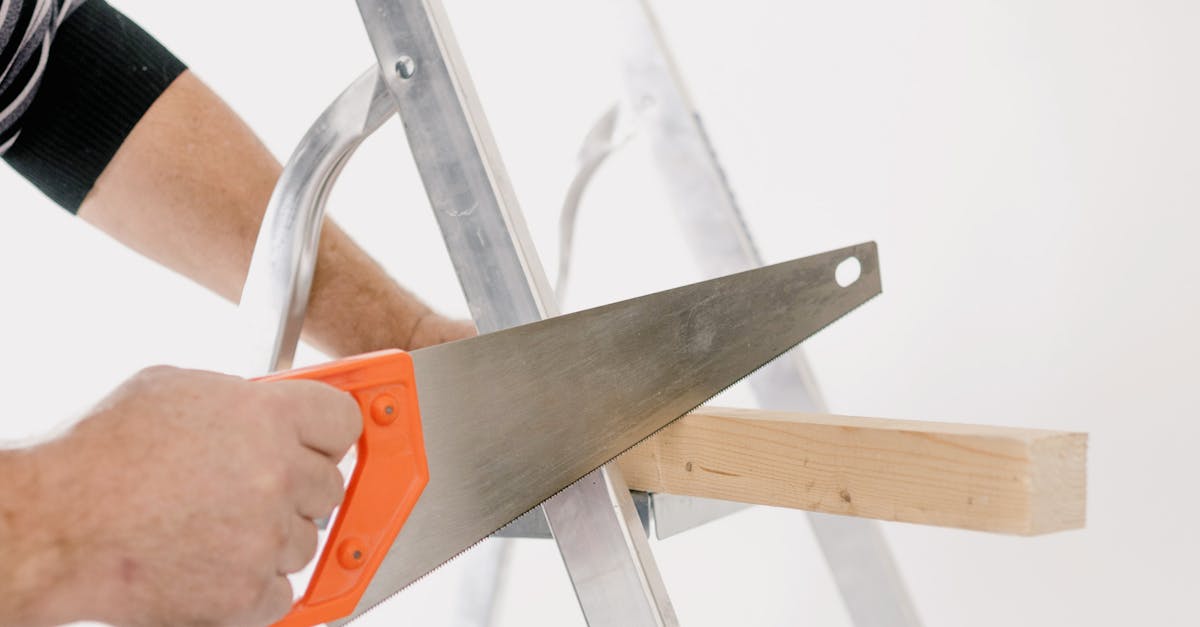
ating, and cooling systems. Moreover, by integrating energy monitoring systems into the smart home setup, homeowners can track their energy usage in real-time, enabling them to make informed decisions to reduce consumption and lower their utility bills over time.
Incorporating Energy Monitoring Systems
Energy monitoring systems play a crucial role in managing and optimizing energy consumption within custom homes. These systems provide real-time data on electricity usage, allowing homeowners to track and adjust their energy usage patterns accordingly. By monitoring energy usage patterns, homeowners can identify areas where energy is being wasted and implement strategies to reduce their overall energy consumption.
Incorporating energy monitoring systems also offers the added benefit of cost savings in the long run. By being able to track energy usage and make adjustments to reduce consumption, homeowners can lower their utility bills and save money over time. Additionally, these systems contribute to a more sustainable living environment by promoting energy efficiency and reducing carbon emissions associated with excessive energy usage.
FAQS
What are some landscaping practices that can enhance sustainability in custom home building?
Landscaping practices such as using native plants, installing rain gardens, and implementing permeable paving can enhance sustainability in custom home building.
How can incorporating native plants contribute to water efficiency in custom home building?
Incorporating native plants in landscaping reduces the need for irrigation, as these plants are adapted to local climate conditions and require less water to thrive, thus promoting water efficiency.
What waste reduction measures can be implemented in custom home building projects?
Waste reduction measures such as using recycled materials, minimizing construction waste through careful planning, and donating reusable items can help reduce waste in custom home building projects.
How can recycling stations throughout the home promote sustainability?
Implementing recycling stations throughout the home encourages proper waste segregation and recycling practices among residents, leading to a decrease in landfill waste and a more sustainable living environment.
What are the benefits of integrating smart home technology in sustainable custom home building?
Integrating smart home technology allows for better energy management, improved efficiency in resource usage, and enhanced comfort and convenience for residents, contributing to a more sustainable living experience.
Related Links
Incorporating Client Preferences in the Design PhaseKey Steps in the Design and Planning ProcessCopyright © Home Builders Adelaide. All rights reserved.
Maximizing Natural Light in Custom Home Design
Creating Functional Spaces in Custom Home Design
Integrating Technology in the Design of Custom Homes
Navigating Local Building Regulations in the Design Process
The Role of Architects in Custom Home Building
Design Trends in Custom Home Building